
When you join Bankless Premium, you get full access to the Inner Circle – a private Discord where experts, analysts, and enthusiasts share alpha, educate each other, and level-up together.
Dear Bankless nation,
Here’s a recap of the biggest crypto news in the final week of September.
Cosmos is not a blockchain network, but a network of blockchains.
Unlike Ethereum where transactions are processed on rollups that eventually settle down to its mainnet chain, or Polkadot where parachains stake $DOT to outsource security from its main “Relay Chain”, the Cosmos IBC (Inter-Blockchain Communication) design architecture resembles more of an archipelago of hubs that lets anyone create their own independent appchains (aka “zones”) and set up their own validator security.
In sum, Cosmos’ multi-hub architecture doesn’t try to unify a global shared state across all chains, but instead lets them connect to each hub if they so desire and do their own thing.
The main draw for building in Cosmos is a level of flexible modularity that isn’t possible on other smart-contract chains. It’s also much easier to build a blockchain from scratch on the Cosmos IBC is thanks to its available SDK and Tendermint consensus engine. Testament to its working model are a range of many successful Cosmos IBC chains, most notably Osmosis, ̶T̶e̶r̶r̶a̶, Cronos, Evmos, Kava, and dYdX’s decision to migrate from Ethereum to Cosmos (I’ve written on dYdX’s departure from Ethereum here).
But here’s the problem. Cosmos also runs its own hub in the IBC – the Cosmos Hub – a Proof-of-Stake blockchain with its own ATOM token that functions much like ETH on Ethereum (stake ATOM to secure the Cosmos Hub, pay transaction fees or vote on governance).
This means that appchains running their own validators directly compete with Cosmos Hub. Why does anyone need ATOM at all, when the Osmosis or dYdX or Cronos chains are running their own tokens and validators? Any builder can freely fork Cosmos Hub’s code to spin up its own Hub in the Cosmos IBC – and that is the whole point of the Cosmos design. This has sometimes been referred to as Cosmos Hub’s “identity crisis”, a complaint over ATOM’s lack of utilty and value accrual.
This is what has always surprised me about Cosmos, but maybe a Cosmos expert will read this newsletter and tell me what I’m missing.
As the main architect of the Cosmos IBC, it is surprising that Cosmos does not overtly try to place its own Hub on a pedestal and privilege it over other appchains. That is analogous to a government building a bunch of public goods (Tendermint, IBC, Cosmos SDK) in its country but letting other nation-states freely settle in its jurisdiction and run their own individual taxation regimes. Perhaps there is a first-mover advantage for the Cosmos Hub, but nothing formally baked into the Cosmos IBC protocol that necessitates the use of ATOM for other appchains.
With Cosmos 2.0, all that is set to change. At the Cosmoverse conference in Columbia this week, the Cosmos team released a white paper setting out a three-year roadmap of changes that radically overhauls the Cosmos ecosystem.
-
The first is Interchain Security which lets other Cosmos appchains “rent” security from Cosmos Hub (current staked value of $2.6M) for a fee, of which 25% is paid to ATOM stakers. This enables smaller Cosmos IBC appchains with a low marketcap to better guard against whale validator attacks without sacrificing decentralization of its own validator network.
-
The second is liquid staking, which enables the rehypothecation of staked ATOM tokens across Cosmos IBC, something ATOM stakers on the Cosmos Hub currently lack. ATOM’s current monetary policy is similar to pre-Merge ETH; it dynamically adjusts based on demand and supply of staking. ATOM inflation increases when staking is low, and decreases when staking is high. This will change into a deflationary direction over 36 months.
-
The third is the Interchain Scheduler, a cross-chain marketplace MEV (maximal extractable value) solution set to launch in January 2023. Just like Ethereum, Cosmos suffers from MEV problems. Osmosis alone has leaked more than $6.7 million to arbitrage bots in value since its genesis in June 2021. The Interchain Scheduler will allow appchains to formally sell a portion of their blockspace in the form of (tradable) tokenized NFTs. The point here is to better allow users to execute block transactions in a trust-minimized manner. Unlike Flashbots that solves Ethereum’s MEV problems on a transparent off-chain market, the Interchain Scheduler brings these on-chain. (If you’re new to the MEV topic, see David’s The Ethereum Watershed)
-
The fourth is the Interchain Allocator, which is an unnecessarily technical way to say that Cosmos Hub’s treasury funds will be used to invest and fund new Cosmos chains through on-chain agreements. Stakers can lock up their ATOM in DAOs, granting them voting power over the DAO and be rewarded by Cosmos Hub funding if these DAOs succeed. The basic idea here is that Cosmos Hub will be a Big Player aligning incentives between ATOM holders and DAOs to create public goods, akin to Gitcoin in the Ethereum ecosystem.
All of these core changes, if passed in a governance vote, will pivot Cosmos away from its current “equal playing field” state where ATOM lacks value accrual toward a direction that positions ATOM as the center of the ecosystem.
For fuller details, read the whole whitepaper. See also Zee Prime Capital’s excellent analysis.
An article at The Information this past week is putting a spotlight on Apple’s policies around NFT transactions. Companies that sell NFTs on its App Store are being told to funnel this transaction through an in-app purchase, thereby subjecting it to Apple’s infamous 30% tax.
Compared to Opensea’s 2.5% and LooksRare’s 2% charge on NFT transactions, Apple’s 30% charge is egregious. But 30% is fairplay in tech. The infamous 30% tax has its roots in the video gaming industry, which was then copied by Apple and Google (via Android). As Matthew Ball puts it in his fantastic book The Metaverse:
In 1983, the arcade manufacturer Namco approached Nintendo about publishing versions of its titles, such as Pac-Man, on its Nintendo Entertainment System (NES). At the time, the NES was not intended to be a platform. Instead, it played only titles made by Nintendo. Eventually, Namco agreed to pay Nintendo a 10% licensing fee on all of its titles that appeared for NES (Nintendo would have right of approval over every individual title), plus another 20% for Nintendo to manufacture Namco’s game cartridges. This 30% fee ultimately became an industry standard, replicated by the likes of Atari, Sega, and PlayStation.
Many businesses like Netflix have tried to skirt the 30% tax by offloading in-app billing off its mobile app and onto its website. Otherwise, Apple takes its cut. This has resulted in developers charging more on their apps/games, thereby pushing that cost to the consumer.
In the context of the Metaverse and NFTs, Apple’s dominance has deep implications. The tech giant’s control over hardware in the tech world lets them bundle it with its widely-used App Store, posing one of the greatest impediments to realizing a fully interoperable Metaverse world by hurting revenues of virtual world gaming builders (Decentraland, The Sandbox, Roblox) and overall investments.
Safe is an infrastructural tooling protocol securing ~$40B worth of crypto. Its core product is a “multi-signature” wallet for businesses with convenient DeFi integration. Previously known as Gnosis Safe, its community voted to spin off from Gnosis DAO in April 2022.
This week, Safe takes a step towards decentralization with the launch of SafeDAO and a $SAFE token. Check to claim your airdrop.
-
Fidenza creator Tyler Hobbs sells out a new collection of NFTs for $17.6M
-
A Disney job listing for a NFT “principal counsel” signals the company’s push into Web3.
-
NFT software company Chain signs a four-year marketing deal with Kraft
Here’s what we have lined up next week.
-
David is taking us down the rabbithole of crypto scams
-
Ben is dropping the Ethereum Q3 report
-
Watch Part 2 of Vitalik on what’s next for post-Merge Ethereum
Have a nice weekend.
– Donovan
🙏 Sponsor: Circle—Use code Bankless for $100 off Converge22 tickets 👀
Listen to podcast episode | Apple | Spotify | YouTube | RSS Feed
-
📺 kycDAO with Balázs Némethi – Green Pill #48
-
📺 Unfinished Live with Nathan Schneider – Green Pill #49
Bankless Premium Members get access to perks like these:
Launch your own raffle for Bankless Badge holders! Go ahead. We can’t stop you.
🗞️ Latest Weekly Rollup! Download the week in crypto to your brain in one show.
Listen to podcast episode | Apple | Spotify | YouTube | RSS Feed
✨See all listings on the Bankless Job Board✨
Go Bankless. $22 / mo. Includes archive access, Inner Circle & Badge—(pay w/ crypto)
Join us for Circle’s Converge22, a gathering for change makers looking to build what’s next in Web3. Converge22 is an unprecedented opportunity to dive deep, learn, collaborate and establish a shared vision of the crypto economy. Featuring wide-ranging demos and developer workshops, plus guest speakers including Aave’s Stani Kulechov, Compound’s Robert Leshner, Jill Gunter of Espresso Systems and more. And don’t miss an unforgettable after-hours at SFMOMA! Register with code Bankless for a discount!
Want to get featured on Bankless? Send your article to submissions@banklesshq.com
Not financial or tax advice. This newsletter is strictly educational and is not investment advice or a solicitation to buy or sell any assets or to make any financial decisions. This newsletter is not tax advice. Talk to your accountant. Do your own research.
Disclosure. From time-to-time I may add links in this newsletter to products I use. I may receive commission if you make a purchase through one of these links. Additionally, the Bankless writers hold crypto assets. See our investment disclosures here.
Read More: newsletter.banklesshq.com


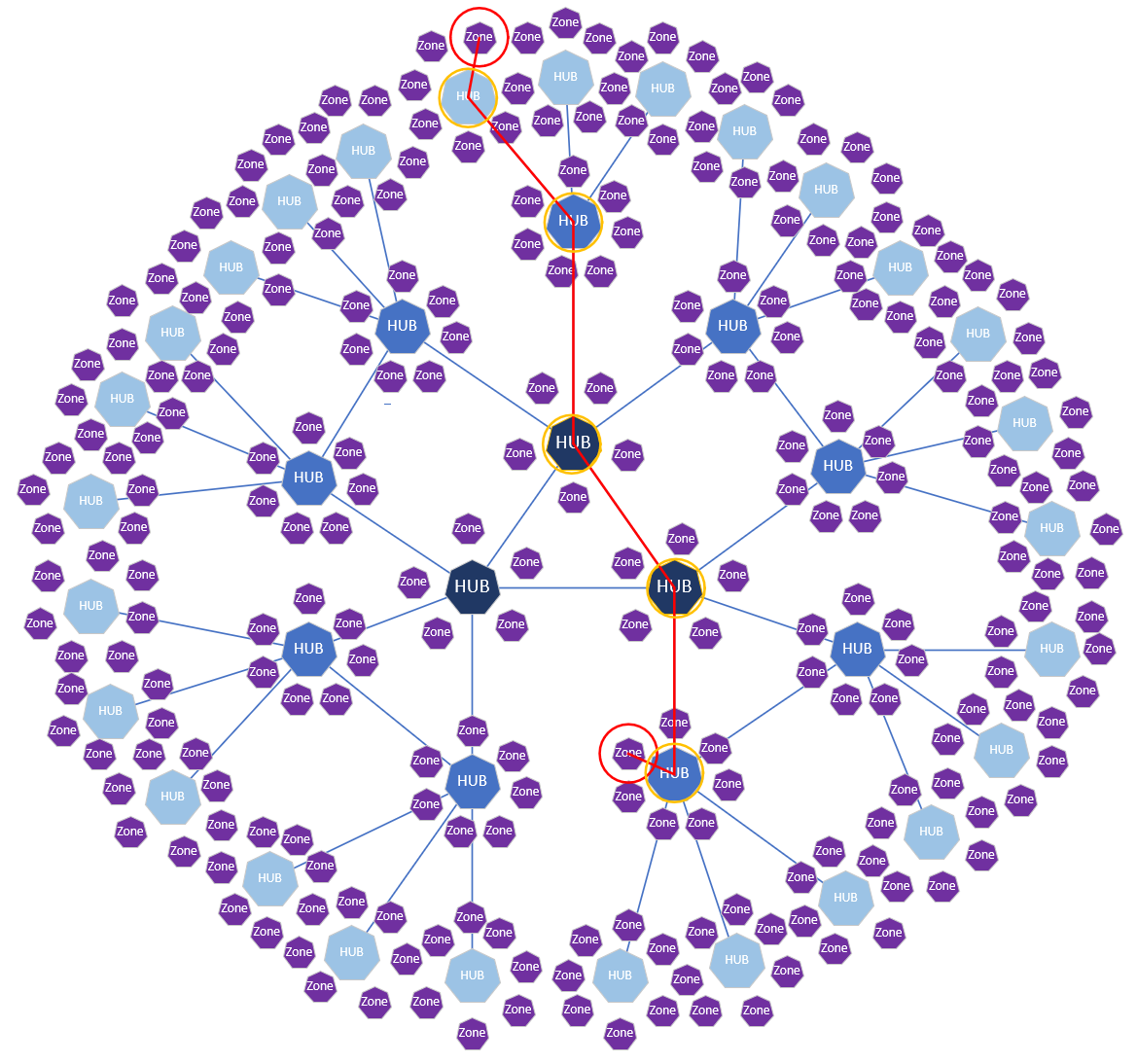
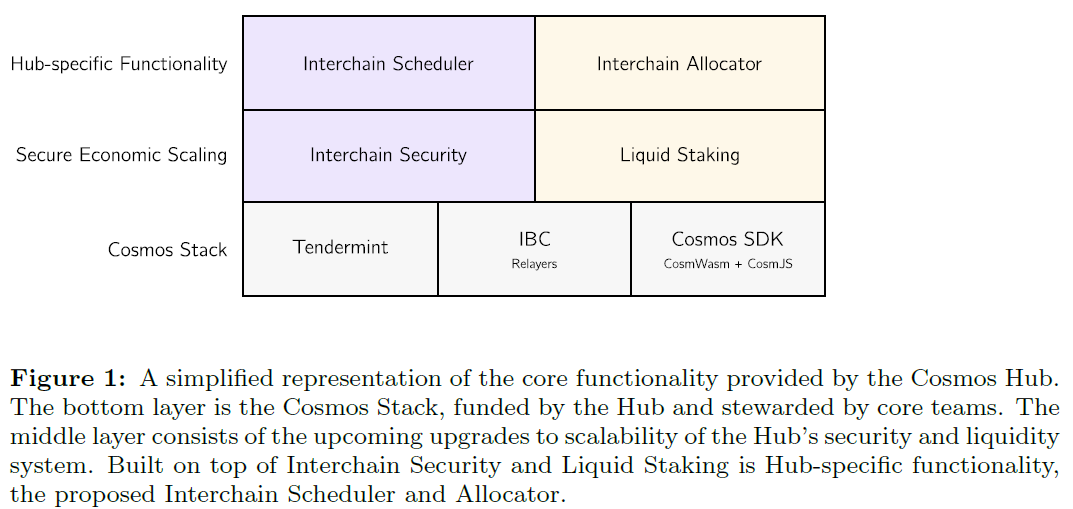
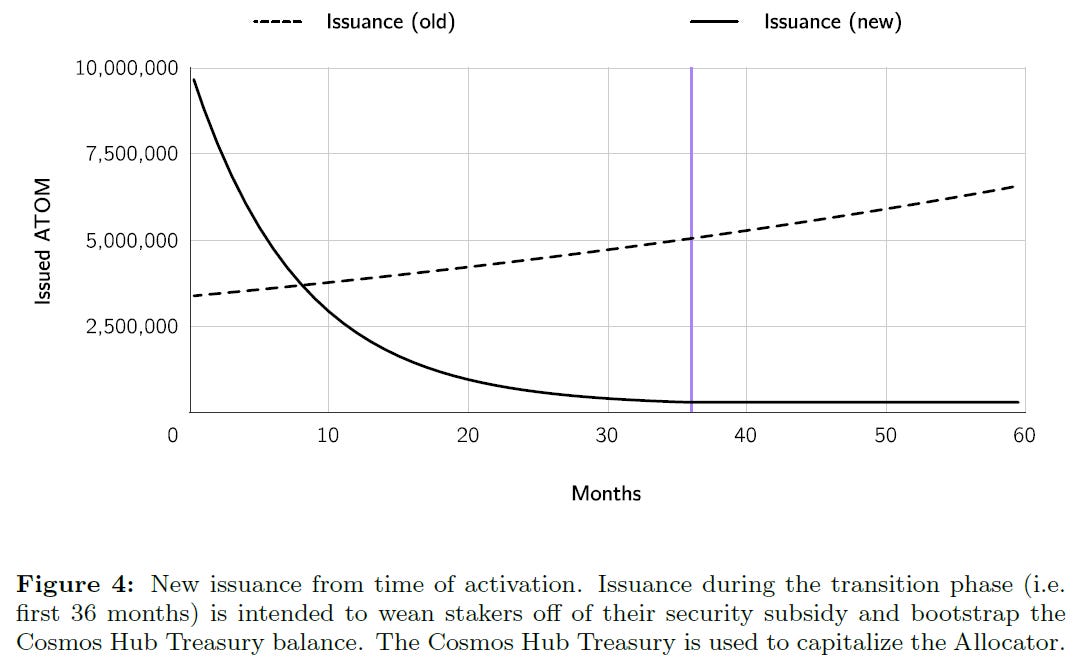
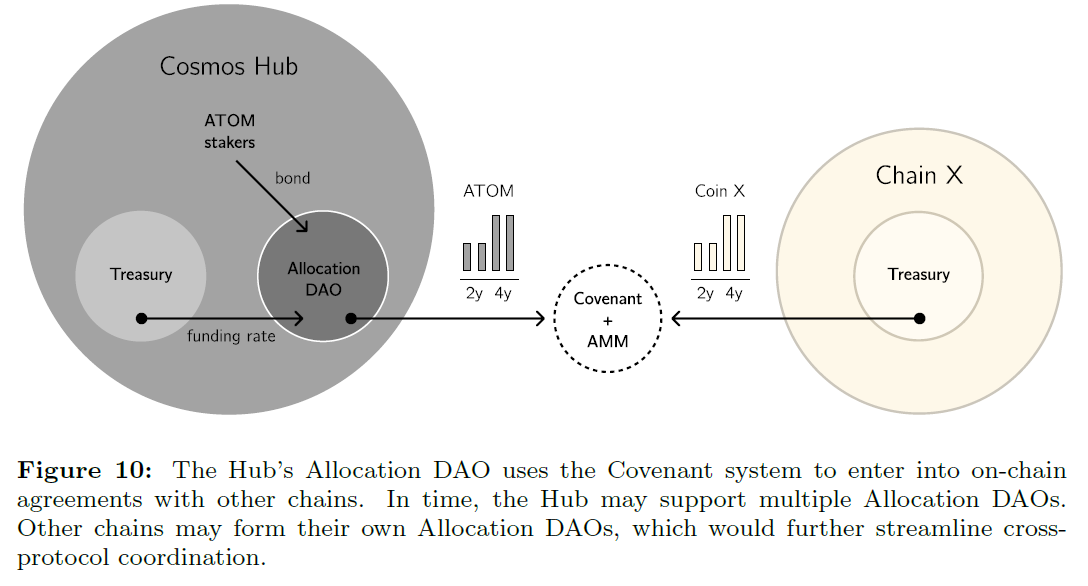

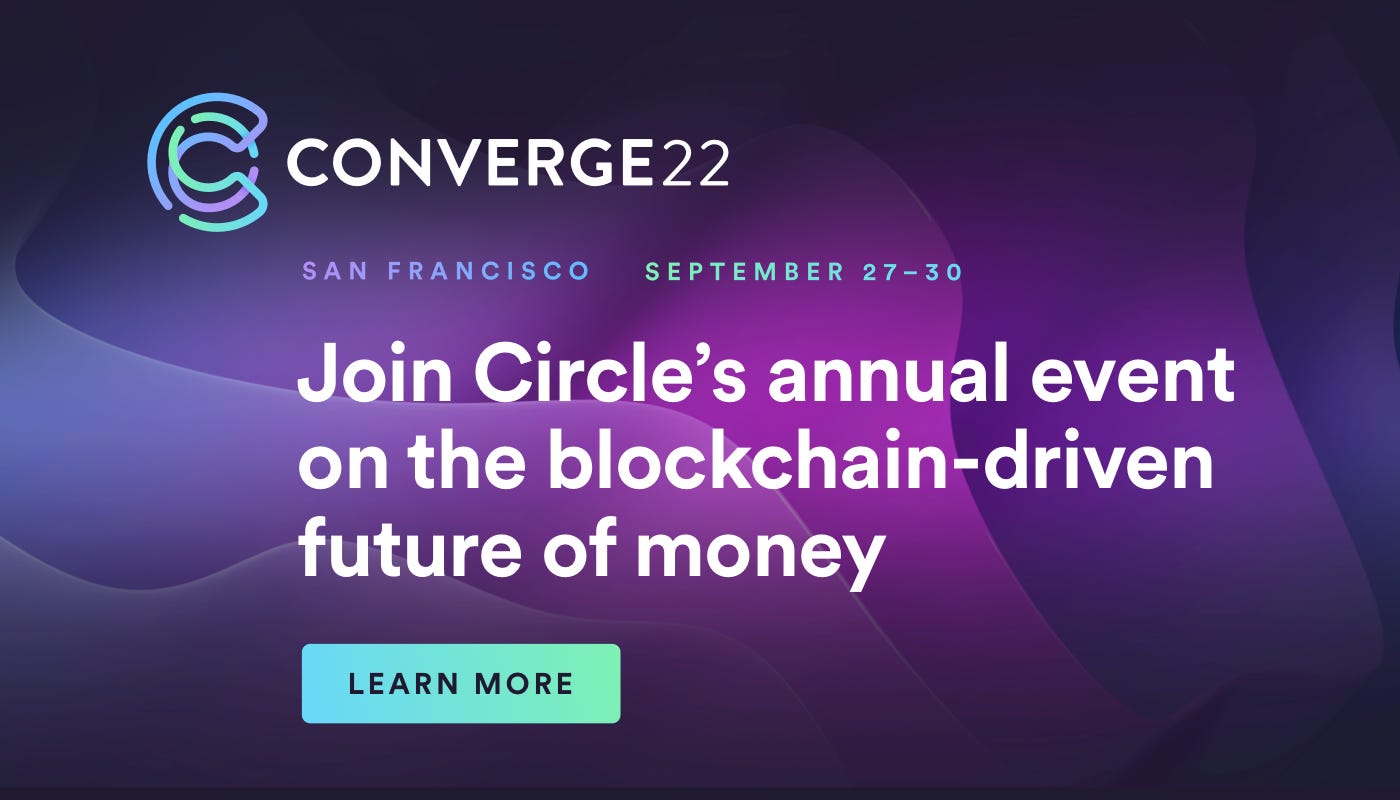


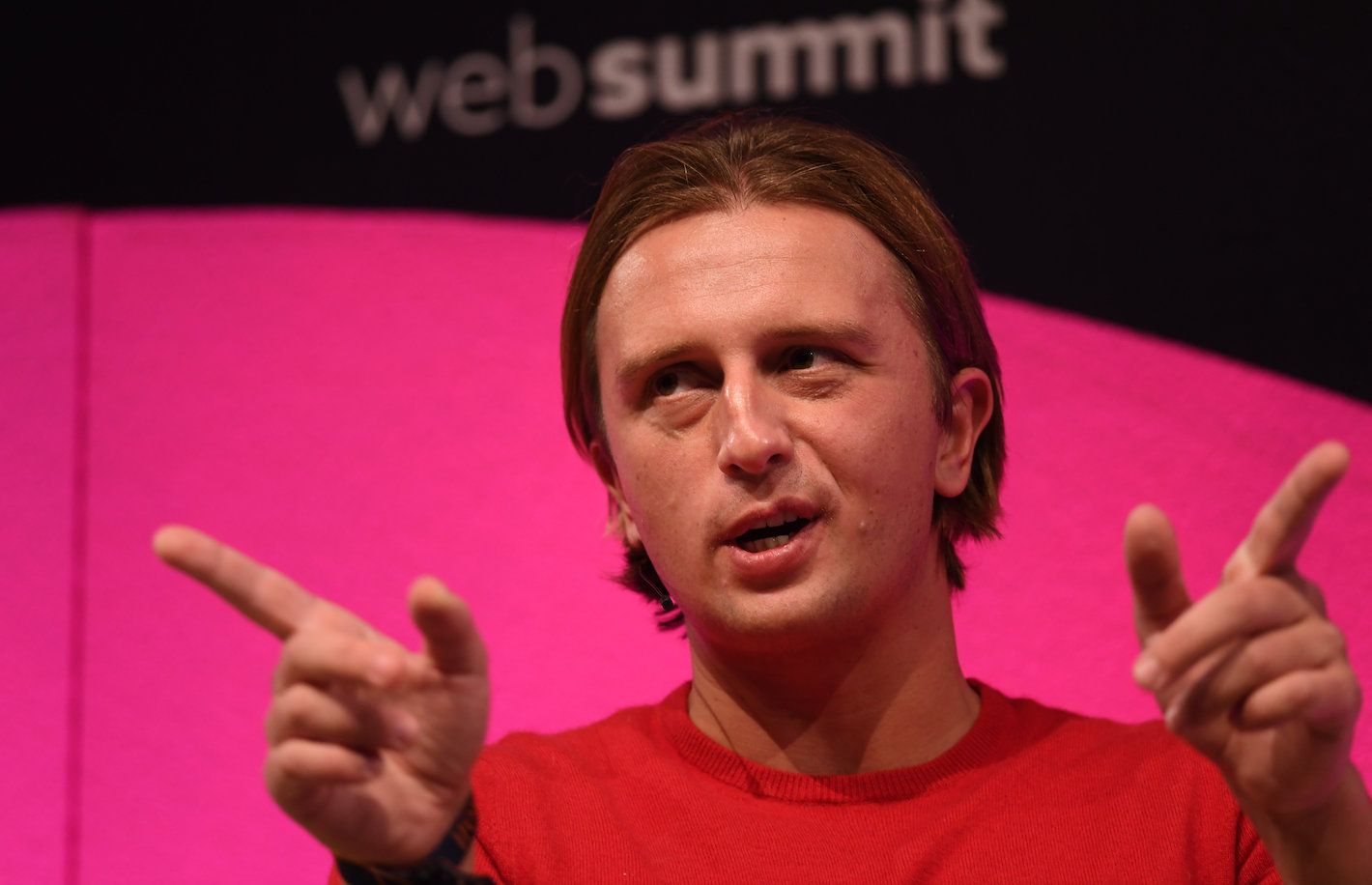
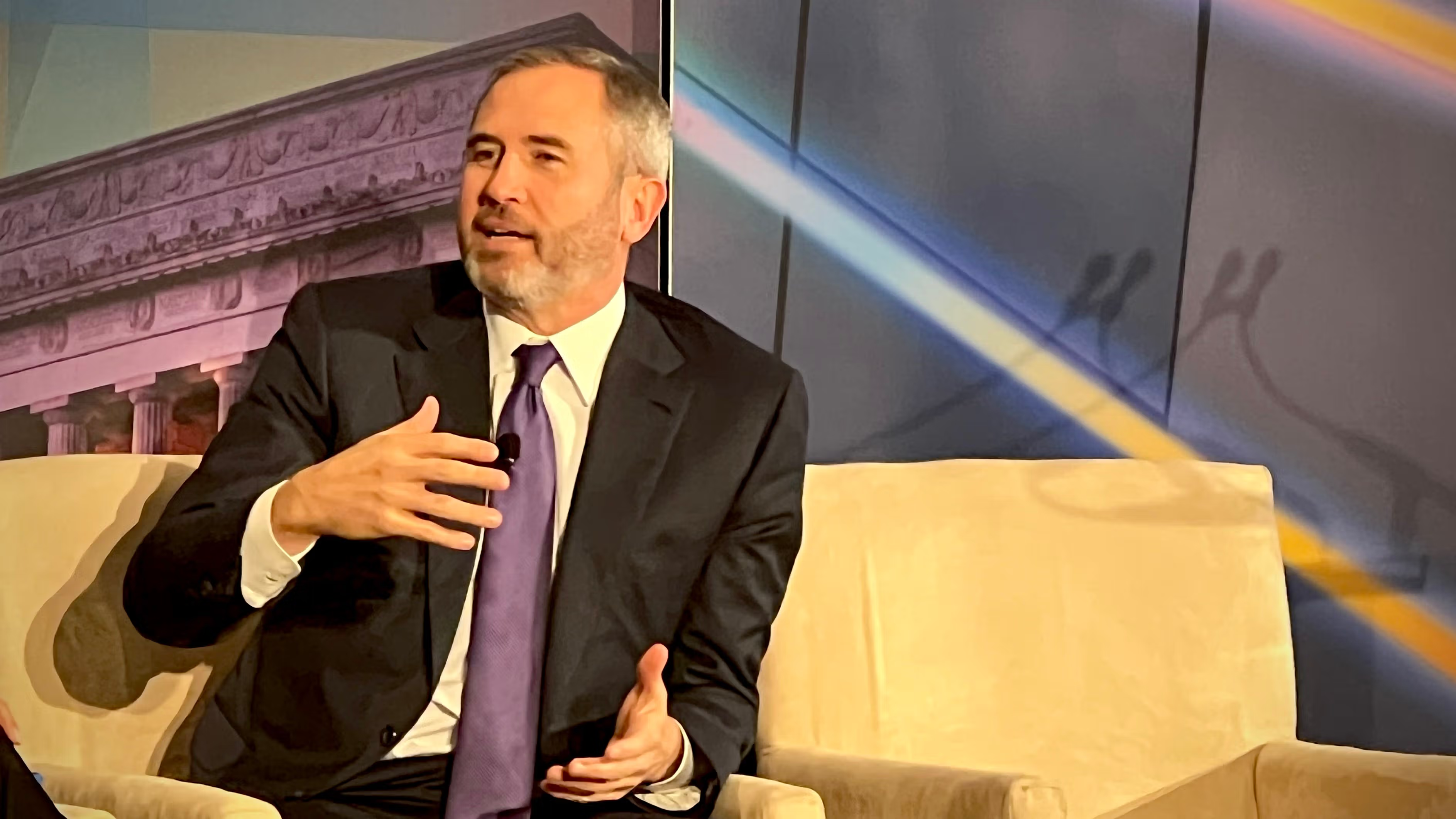



 Bitcoin
Bitcoin  Ethereum
Ethereum  Tether
Tether  XRP
XRP  Solana
Solana  Dogecoin
Dogecoin  USDC
USDC  Cardano
Cardano  Lido Staked Ether
Lido Staked Ether  TRON
TRON  Avalanche
Avalanche  Sui
Sui  Wrapped stETH
Wrapped stETH  Toncoin
Toncoin  Shiba Inu
Shiba Inu  Chainlink
Chainlink  Wrapped Bitcoin
Wrapped Bitcoin  Stellar
Stellar  Hedera
Hedera  Polkadot
Polkadot  WETH
WETH  Bitcoin Cash
Bitcoin Cash  LEO Token
LEO Token  Litecoin
Litecoin  Uniswap
Uniswap  Pepe
Pepe  Hyperliquid
Hyperliquid  Wrapped eETH
Wrapped eETH  NEAR Protocol
NEAR Protocol  Ethena USDe
Ethena USDe  USDS
USDS  Internet Computer
Internet Computer  Aptos
Aptos  Aave
Aave  Mantle
Mantle  POL (ex-MATIC)
POL (ex-MATIC)  Cronos
Cronos  MANTRA
MANTRA  Ethereum Classic
Ethereum Classic  Render
Render  Bittensor
Bittensor  Monero
Monero  Artificial Superintelligence Alliance
Artificial Superintelligence Alliance  Tokenize Xchange
Tokenize Xchange  Dai
Dai  Virtuals Protocol
Virtuals Protocol  Arbitrum
Arbitrum